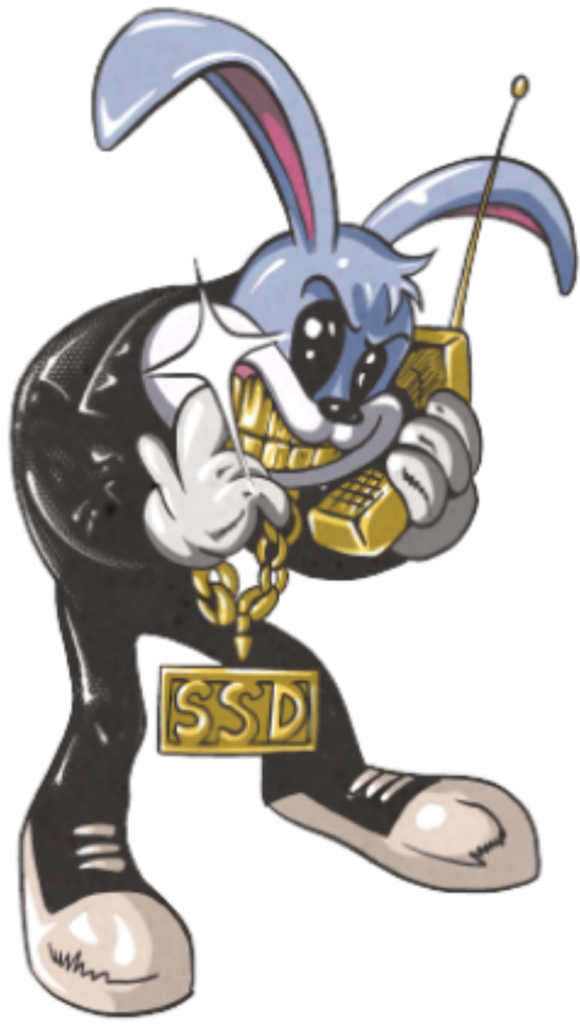

In 2025, a groundbreaking phenomenon is sweeping across social media–the rise of Studio Ghibli-style AI-generated images. What started as a novel feature rolled out by OpenAI for ChatGPT-4.0 has quickly spiraled into a cultural moment, with users transforming their favorite photos into dreamy, anime-like visuals that are exact replicas of Hayao Miyazaki’s iconic art style. From fashion campaigns to internet memes, movies, and real-life personalities, this trend is captivating the internet while sparking conversations on artistry, ethics, and copyright law.
With the integration of image generation directly into ChatGPT-4.0, users are now empowered to create and manipulate visuals within the chat interface itself. While the tool offers a range of artistic styles, it is the Studio Ghibli-inspired aesthetic that is dominating social media. The nostalgic charm of hand-drawn animation fused with lifelike portraits is flooding platforms like Instagram and Twitter. From celebrities to everyday users, everyone wants to see themselves or their favorite moments reimagined in the ethereal, cinematic style.
This phenomenon goes beyond personal avatars. Several iconic memes have been swept into the wave, including the decade-old image of a man walking with his girlfriend while turning to look at another woman–a meme so embedded in internet culture that its transformation into Ghibli-style art feels like a full-circle moment. Movie scenes are also getting a whimsical makeover. Classics like The Godfather and last year’s Oppenheimer have had some of their most iconic frames reimagined in pastel hues and soft lines, offering a surreal blend of nostalgia and novelty.
Real-life internet sensations are also joining the ranks. Ryan Fischer, the lifestyle and workout enthusiast who is making waves for his peculiar early morning routine, is now an animated figure gracing timelines with Ghibli-like serenity. Likewise, Turkish shooter Yusuf Dikeç–whose nonchalant shooting style turned him into a viral meme–is the subject of countless animated renditions. His calm, indifferent stance, now filtered through AI’s dreamy aesthetic, continues to dominate meme culture with an added layer of charm.
The fashion industry is seizing the moment, recognizing the viral potential of this AI trend. Gucci and H&M are among the first to incorporate it into their marketing strategies, generating entire campaigns featuring digital twins of real models adorned in high fashion but rendered in the soft pastels and earthy tones of Studio Ghibli animation. These campaigns blur the line between reality and fantasy, offering a fresh way to engage consumers.
On Instagram, these stylized fashion posts are racking up thousands of likes, with users marveling at how seamlessly AI can transform high-end fashion into animated art. The trend is even prompting discussions about the future of e-commerce, with some speculating that consumers may soon be shopping for clothes through animated lookbooks. However, this wave is not without its critics. Many fear that the over-reliance on AI art could marginalize human artists, while others are raising alarms over copyright infringement.
As the AI-generated art craze continues to grow, so do concerns over copyright and intellectual property. Much of the debate revolves around how AI models are trained. Companies like OpenAI are under scrutiny for allegedly scraping copyrighted images from the internet without consent. Several lawsuits are already underway, with organizations arguing that their works have been used without attribution or compensation.
One of the central legal debates is whether an artistic style itself can be copyrighted. While laws protect specific works, the replication of a broader aesthetic remains a legal gray area. This loophole allows AI models to mimic iconic art styles–such as Studio Ghibli’s–without necessarily violating copyright law. Yet, for many creators, this legal technicality feels like an ethical violation. Studio Ghibli co-founder Hayao Miyazaki has long been a critic of artificial intelligence in art, once describing it as “an insult to life itself.” The irony of seeing his studio’s aesthetic turned into an AI-powered internet sensation is not lost on fans or industry observers
Despite the controversy, the Studio Ghibli AI trend shows no signs of slowing down. With each new transformation, the line between human creativity and machine-generated art becomes increasingly blurred. Even high-profile figures like Sam Altman, the CEO of OpenAI, are joining the wave. His updated profile picture features a Studio Ghibli-style rendition of himself, signaling how deeply this trend has permeated both pop culture and corporate spheres.
As this phenomenon continues to evolve, it forces us to confront difficult questions: Where does creativity end and imitation begin? Can art retain its soul when generated by machines? For now, the internet is caught between fascination and concern, marveling at the possibilities while wrestling with the ethical complexities. One thing is clear– the AI animation wave is not just a passing trend; it’s a cultural shift unfolding right before our eyes.





